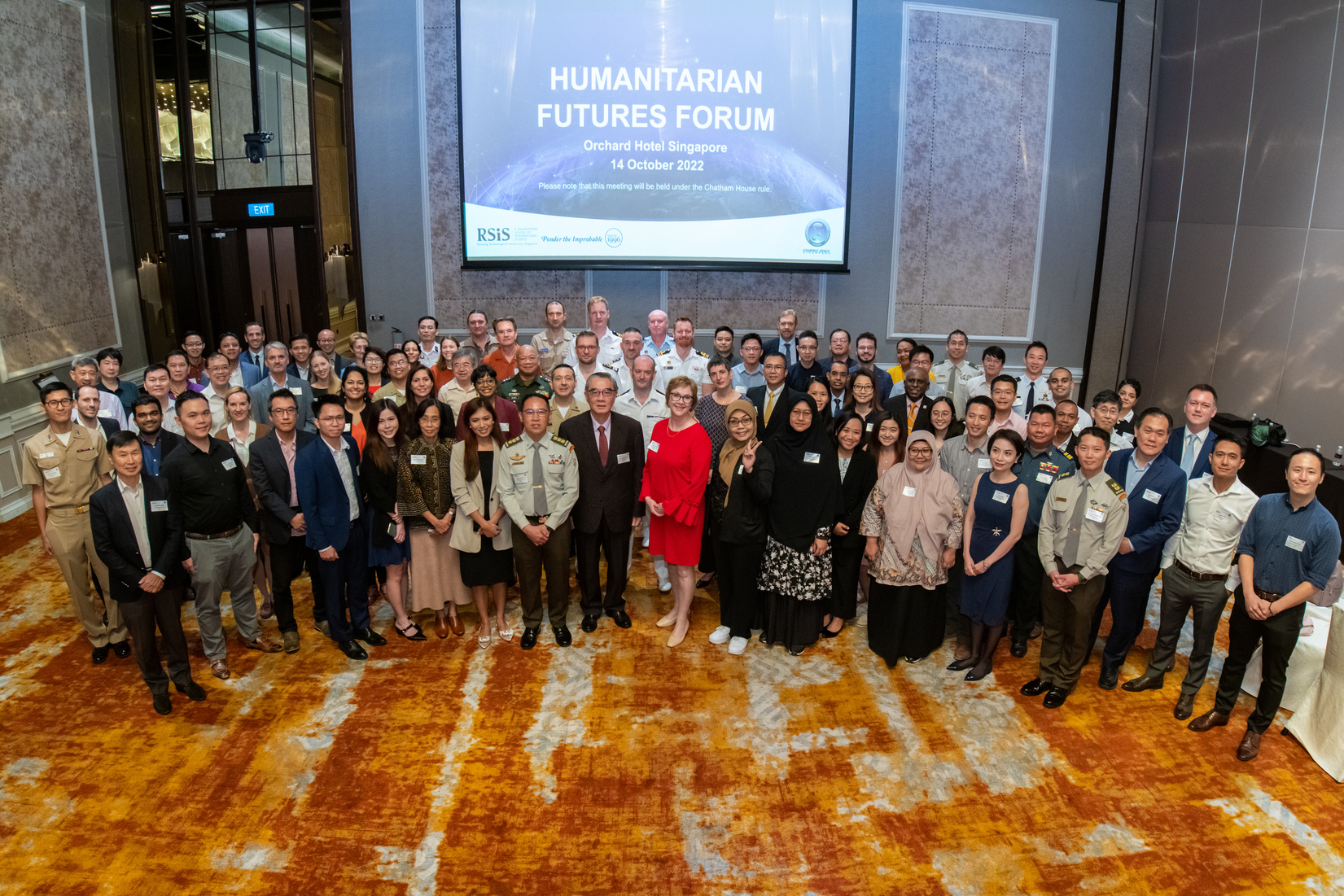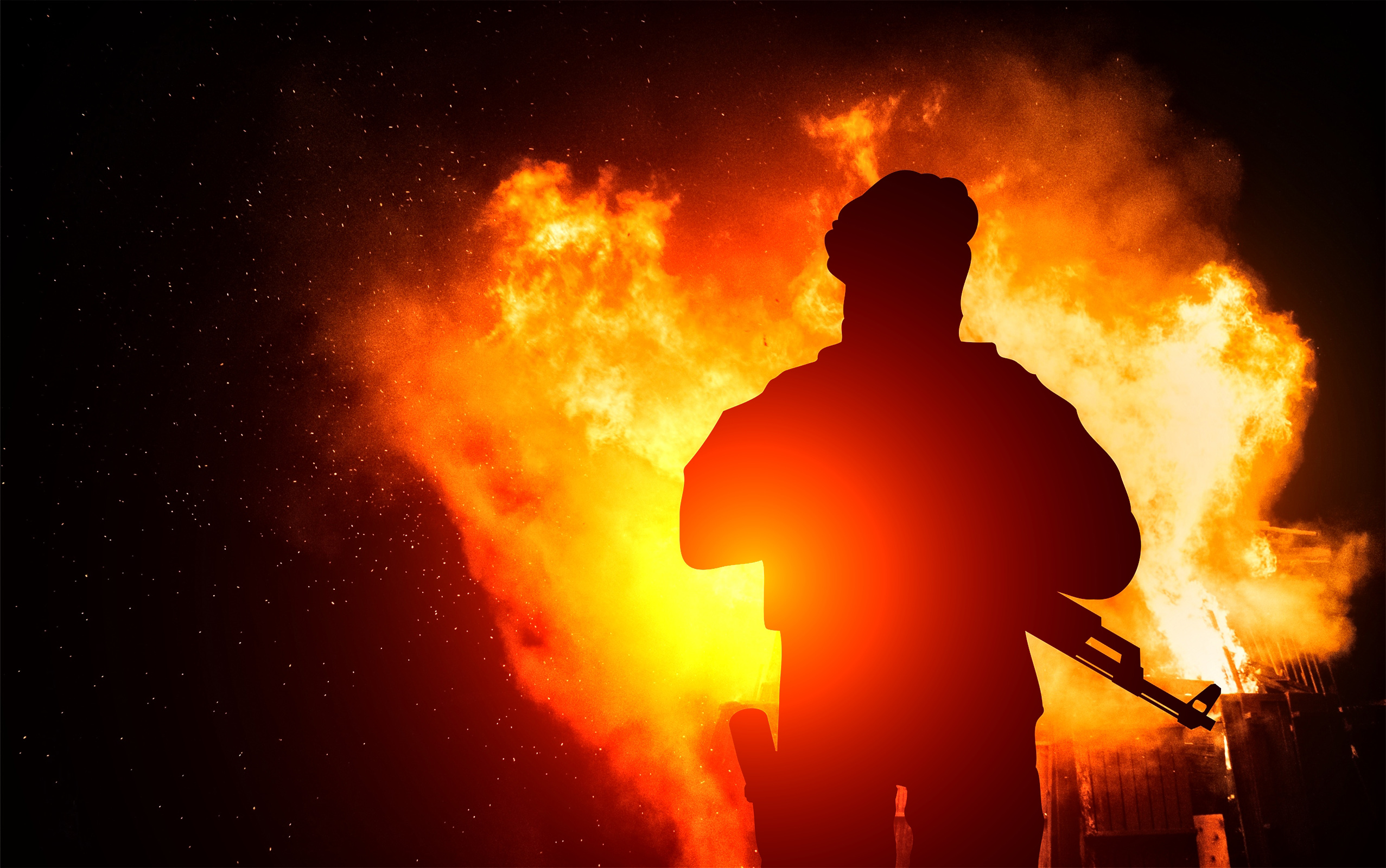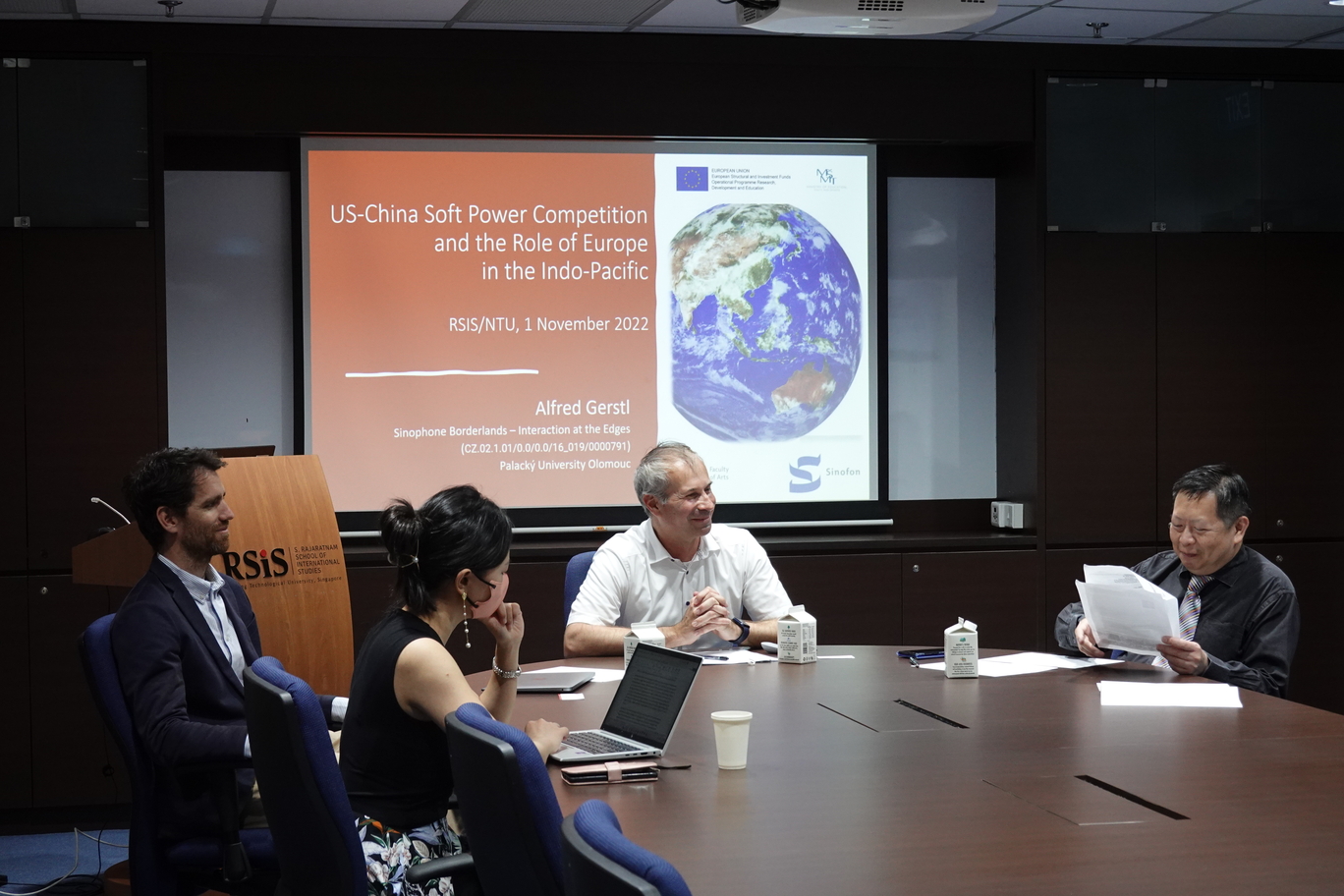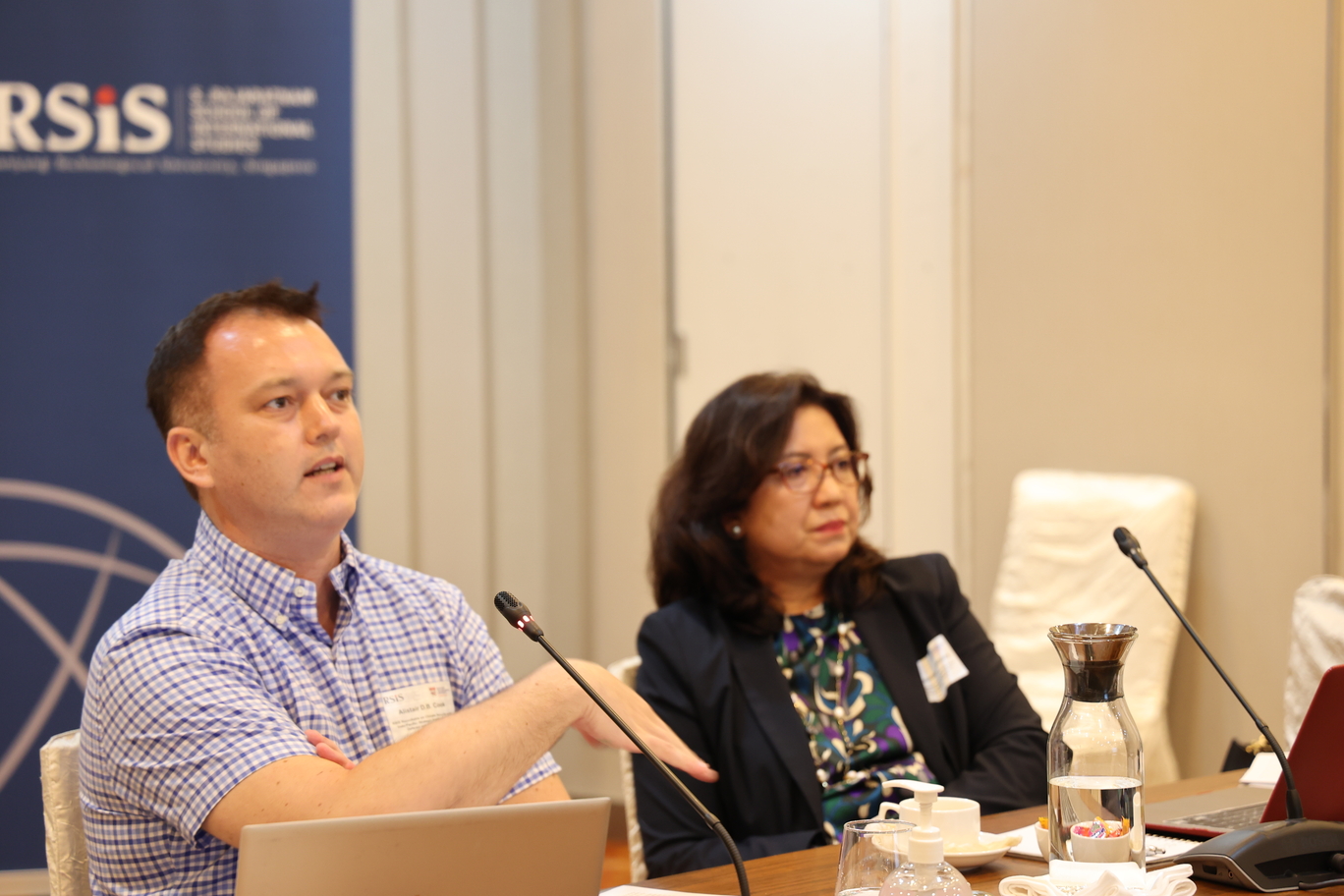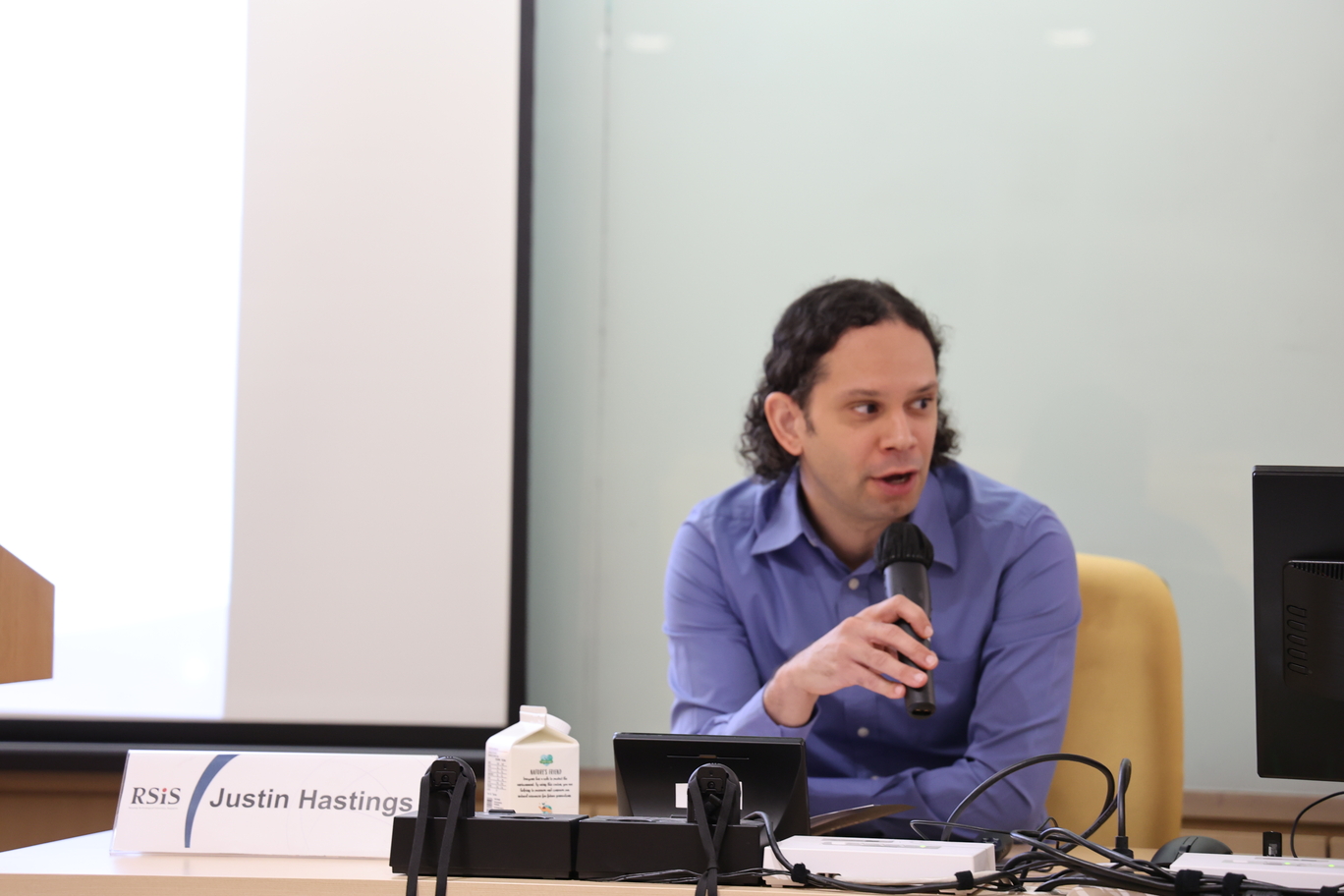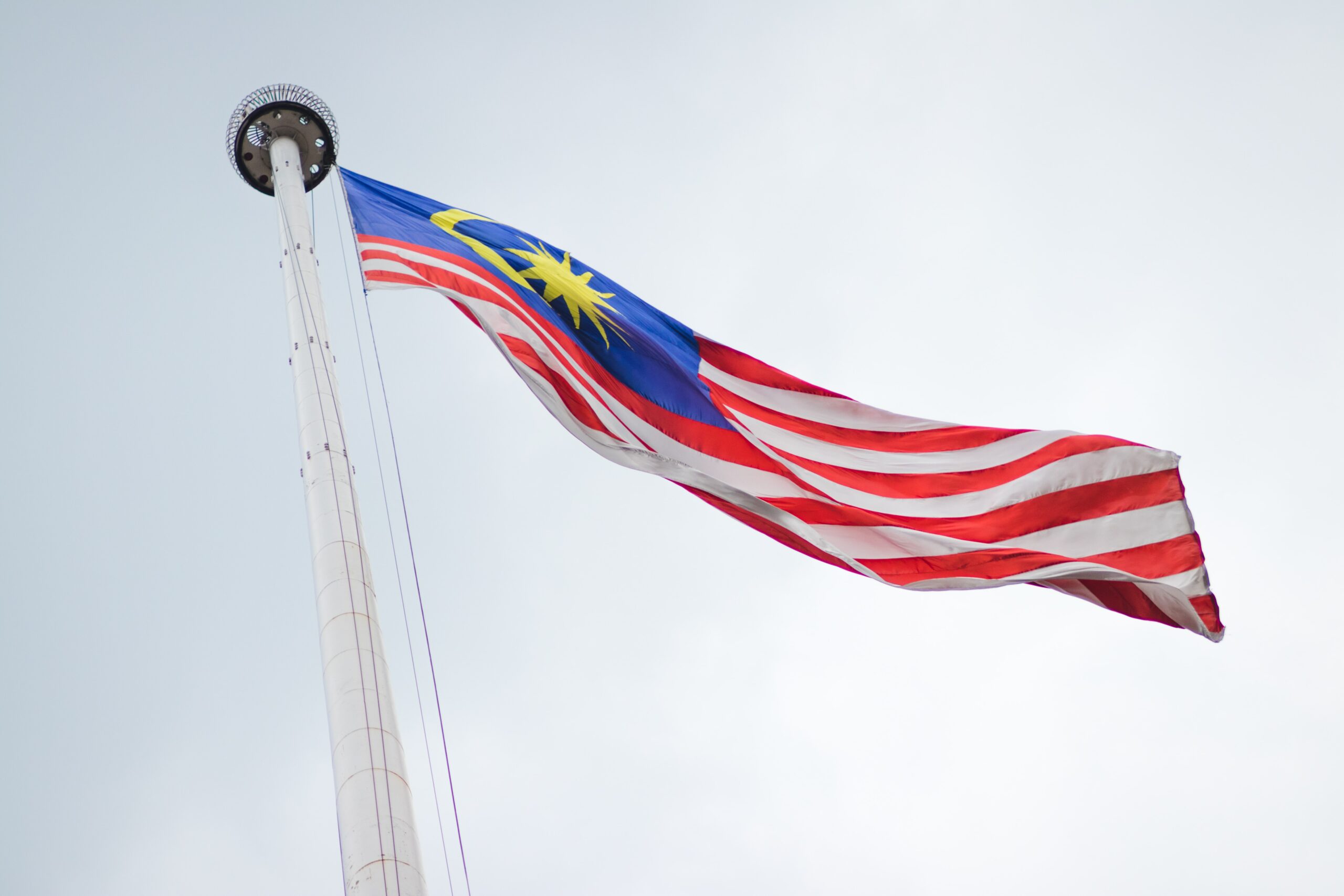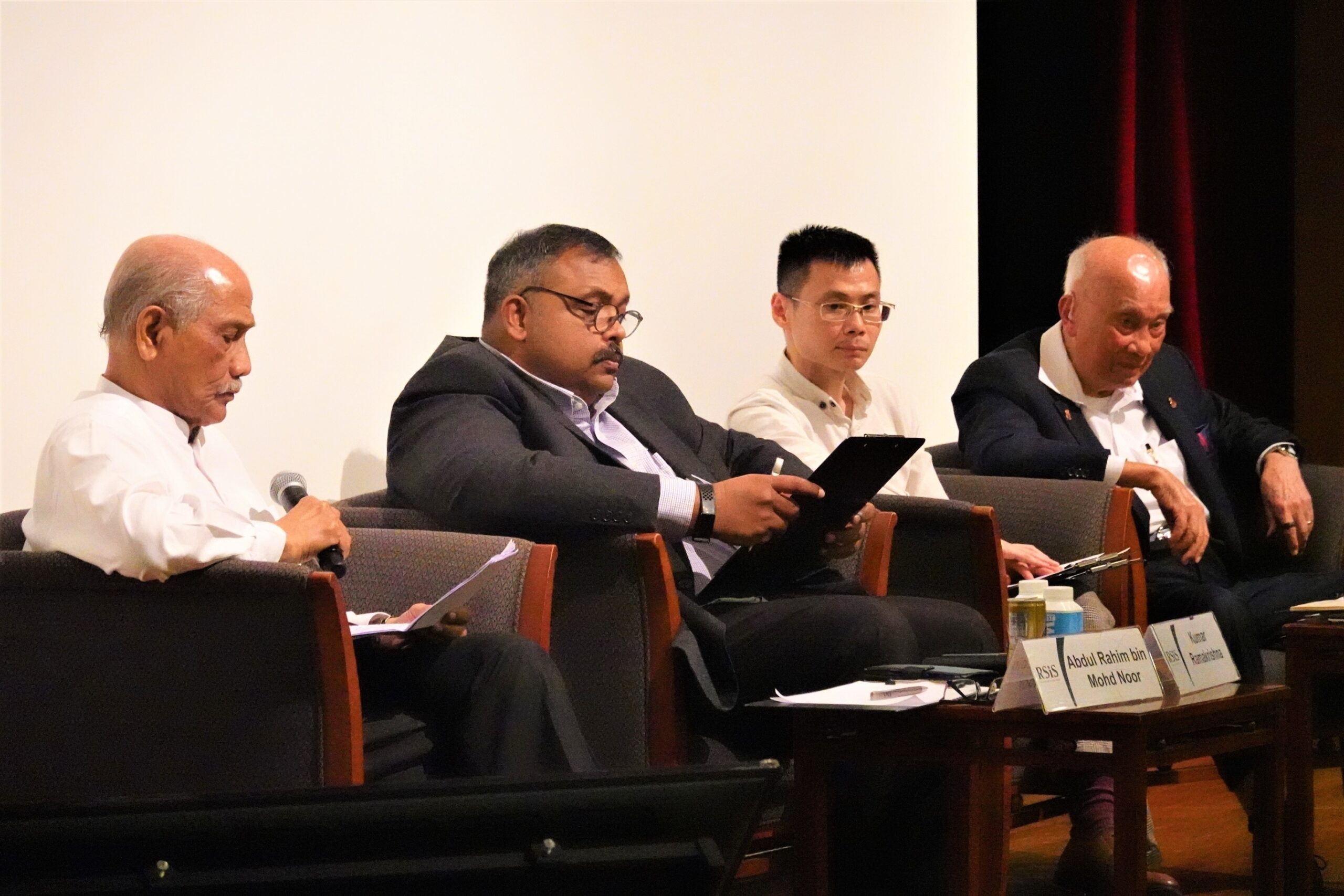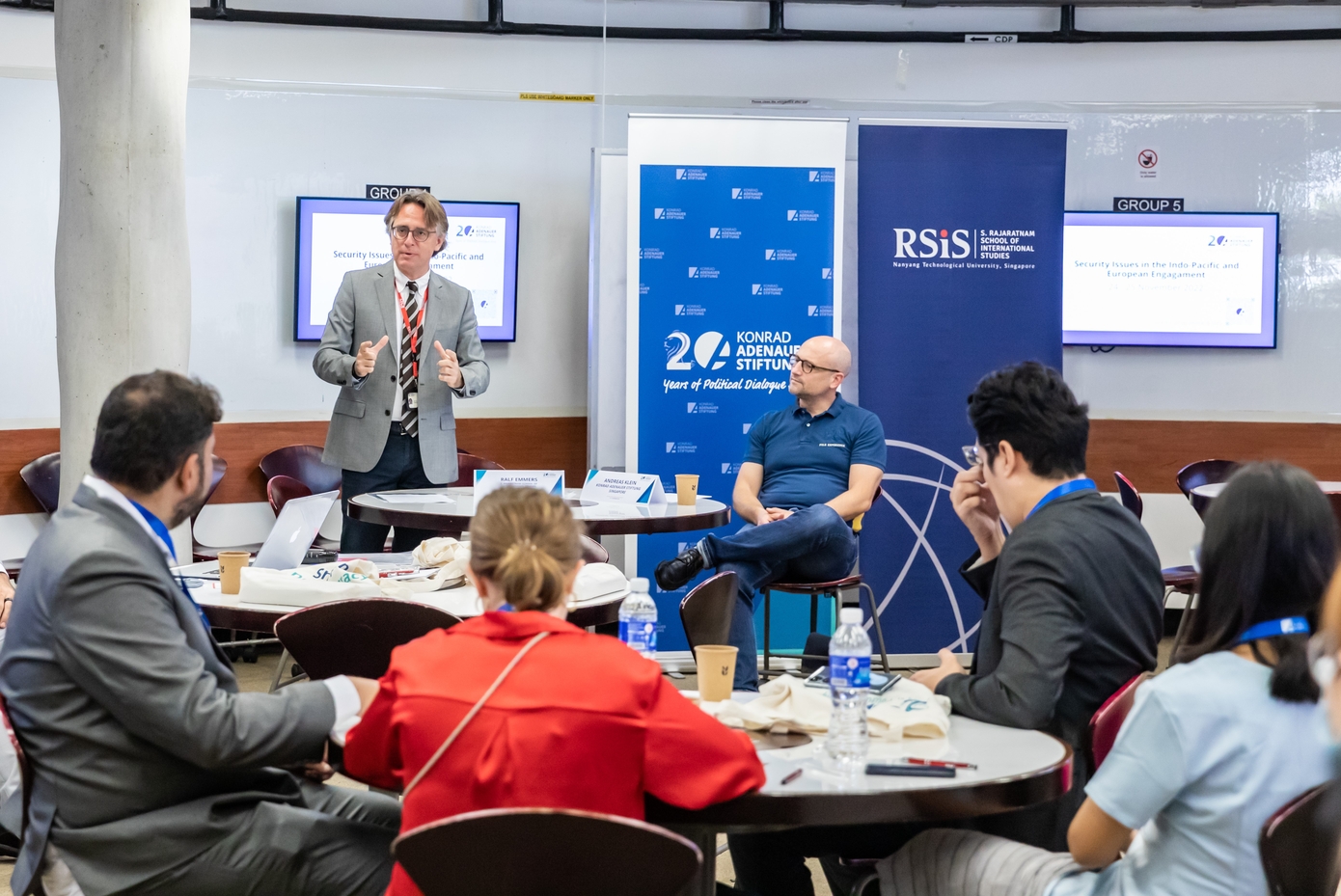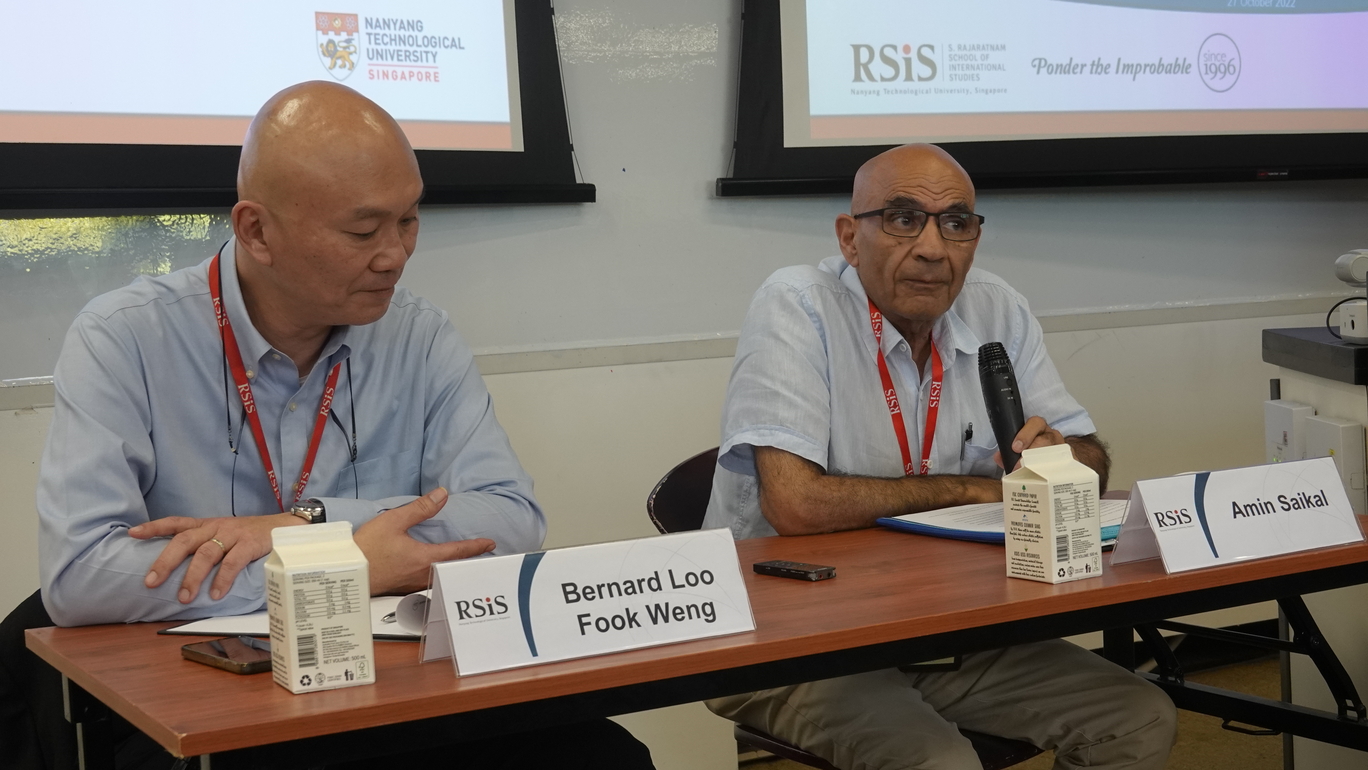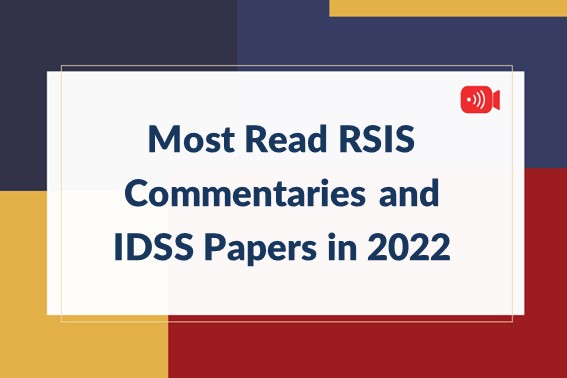
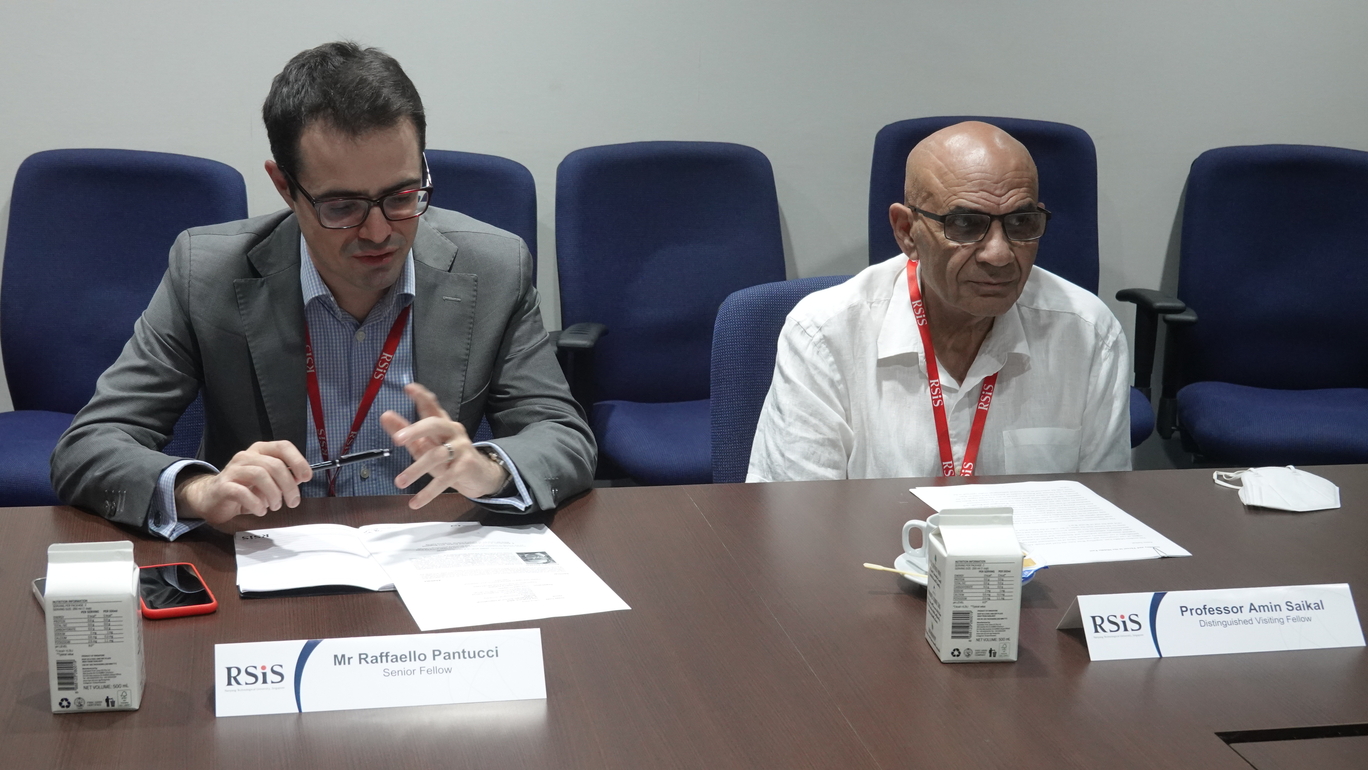
How stable is the Middle East today compared to its turbulent past? What are the main sources of threat affecting the region’s future directions? These were the questions addressed by Professor Amin Saikal, RSIS Distinguished Visiting Fellow, who spoke at a seminar presented by the International Centre for Political Violence and Terrorism (ICPVTR) at RSIS on 28 October 2022.
Prof Saikal suggested that violent extremism, interstate disputes and tensions, and national upheaval were the sources of threat to instability in the Middle East. In terms of violent extremism, both the Islamic State of Iraq and Syria (ISIS) and Al Qaeda (AQ) have lost some of their resiliency, however, their ideologies and operations have persisted due to a weak or non-viable central government, political fragmentation, conflicts fuelled by domestic and/or external imperatives, socio-economic disparities, sectarian divisions, and poverty and unemployment especially among the young and ungoverned spaces. Both ISIS and AQ have since regrouped and mounted several attacks in early 2022, working closely because of a common agenda albeit different timetable. The Taliban’s return to power has also boosted AQ’s position, as close military cooperation and coordination between the two were observed.
On the subject of interstate tensions, Prof Saikal opined that Iran has been very much involved on multiple fronts. Tehran and Riyadh have remained locked in rivalry or in proxy conflicts e.g. in Yemen, Syria, and Lebanon. Saudi Arabia and some of its Gulf Cooperation Council (GCC) partners except Qatar still view Iran as the major threat due to the Iranian uranium enrichment programme, a blatant disregard for the 2015 Joint Comprehensive Plan of Action (JCPOA) agreement. This has pushed Riyadh to establish an informal link with Israel while the United Arab Emirates (UAE) and Bahrain normalised their relationships with the Jewish state. Tehran’s continuous support to the Palestinians and its involvement in Syria and Lebanon are viewed by Jerusalem as an existential threat. At the same time, Iran has forged an almost de facto alliance with Russia and China, with Tehran providing Moscow with drone capabilities in the ongoing Russia-Ukraine war and concluding a 25-year agreement with Beijing. More recently, Riyadh-Washington ties hit rock bottom when the kingdom joined forces with Russia to reduce OPAC oil production despite US demands for reduced in energy prices. Separately, the UAE President recently visited Vladimir Putin, an action that could represent the sense of comradery among autocratic, theocratic, and authoritarian rulers.
National upheaval was the final source of threat to instability, according to Prof Saikal. All states including Israel have experienced the polarisation between the forces of the status-quo and the forces of change. Although a decade has passed, the Arab Spring has continued to haunt Iran, Iraq, Egypt, Sudan and Algeria, he said.





